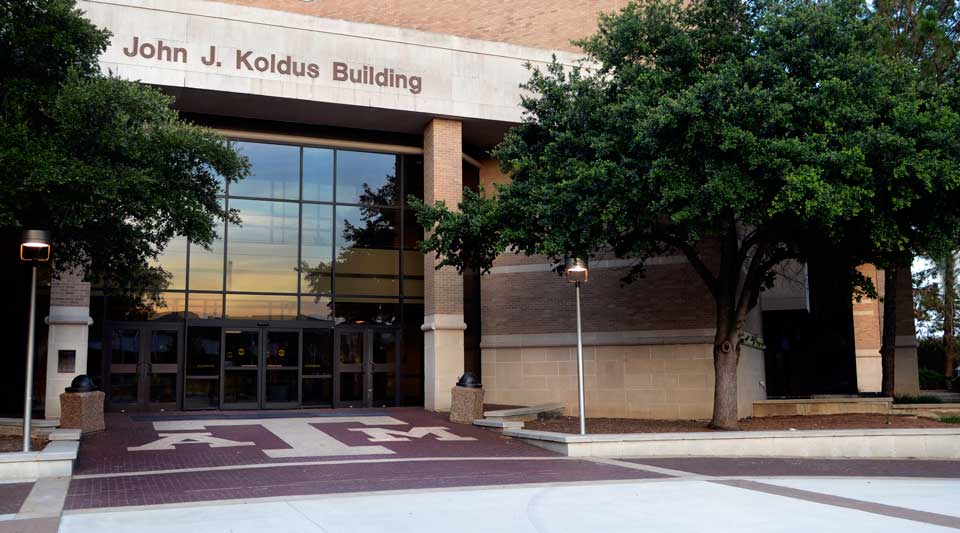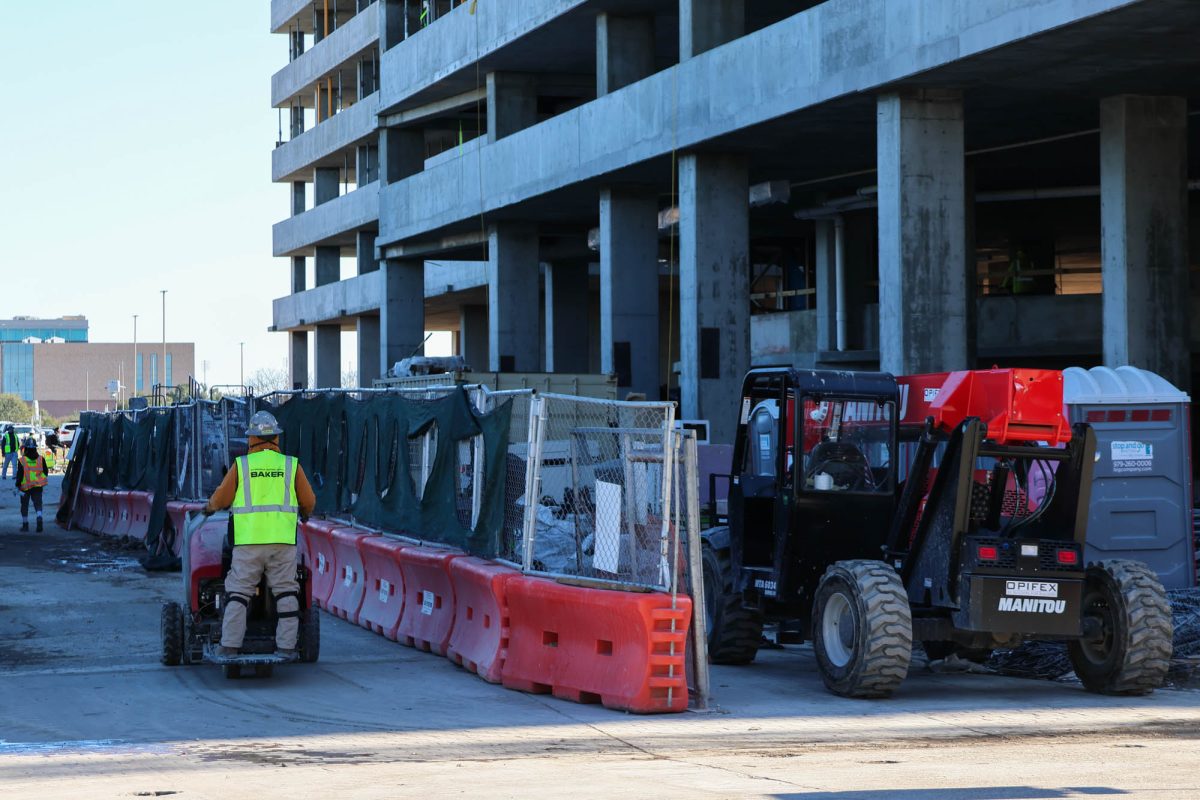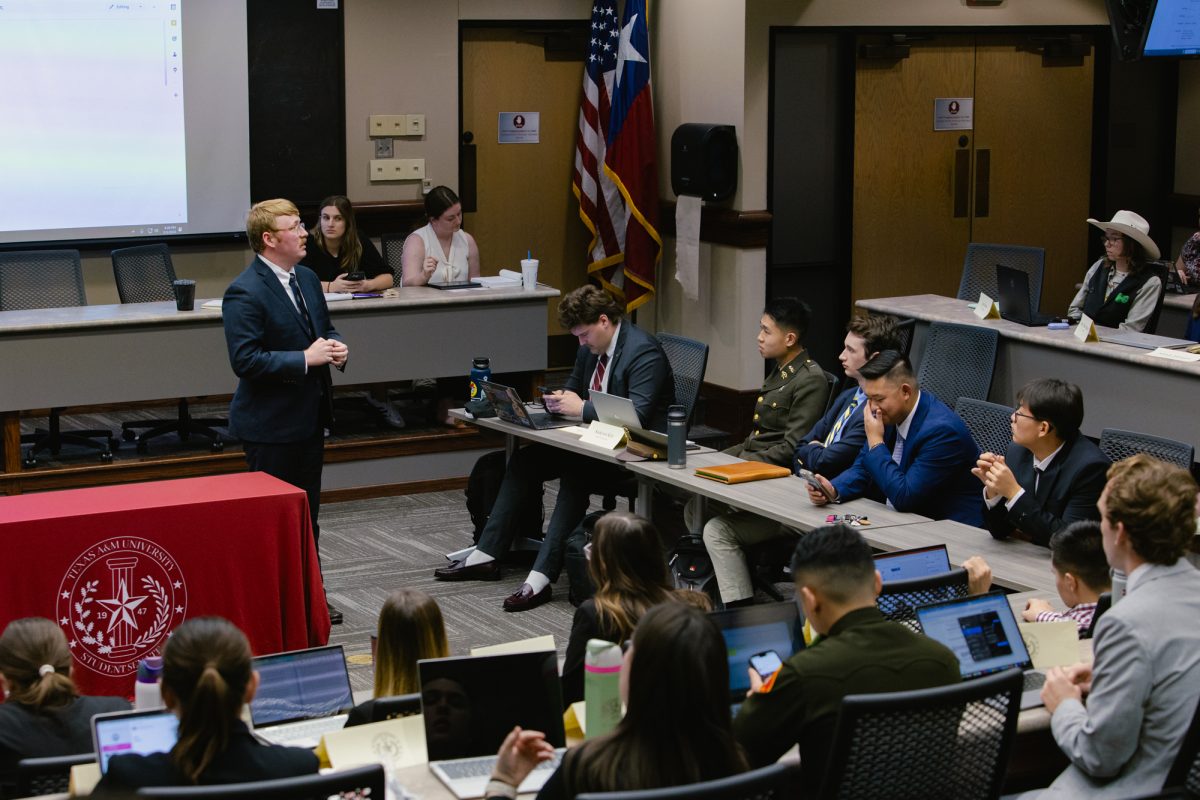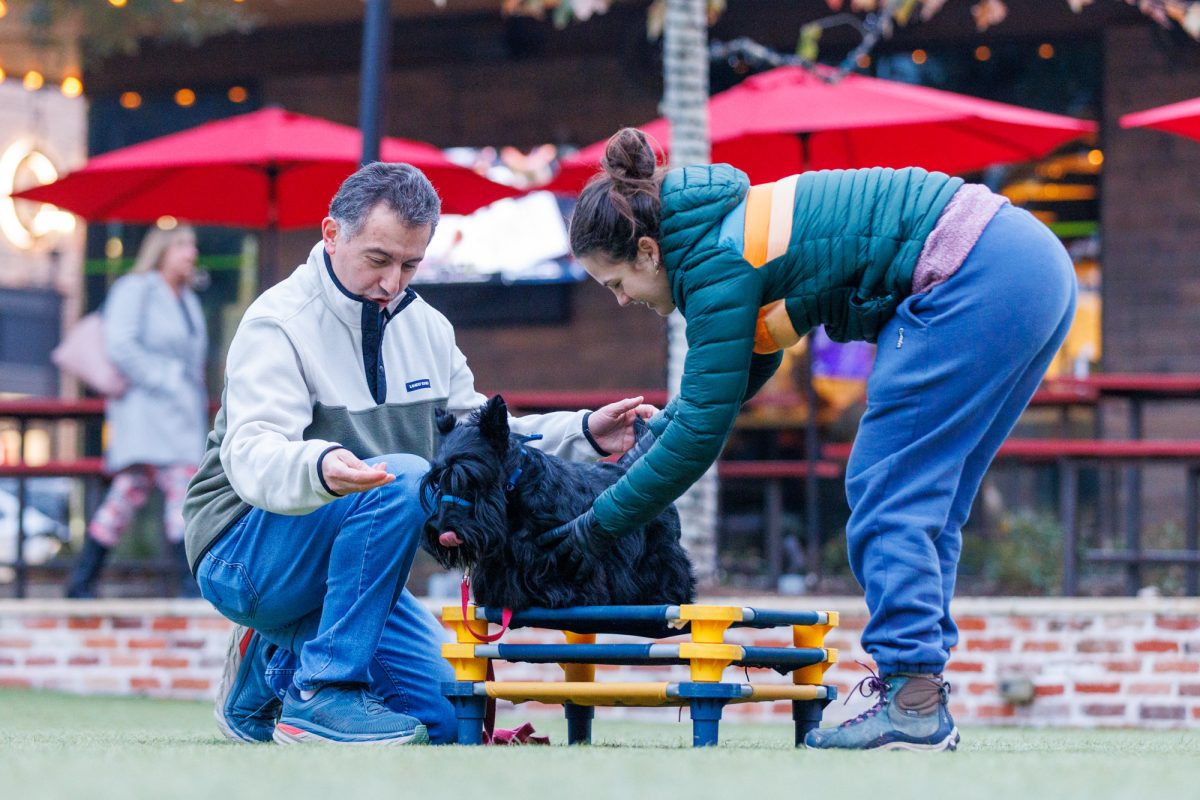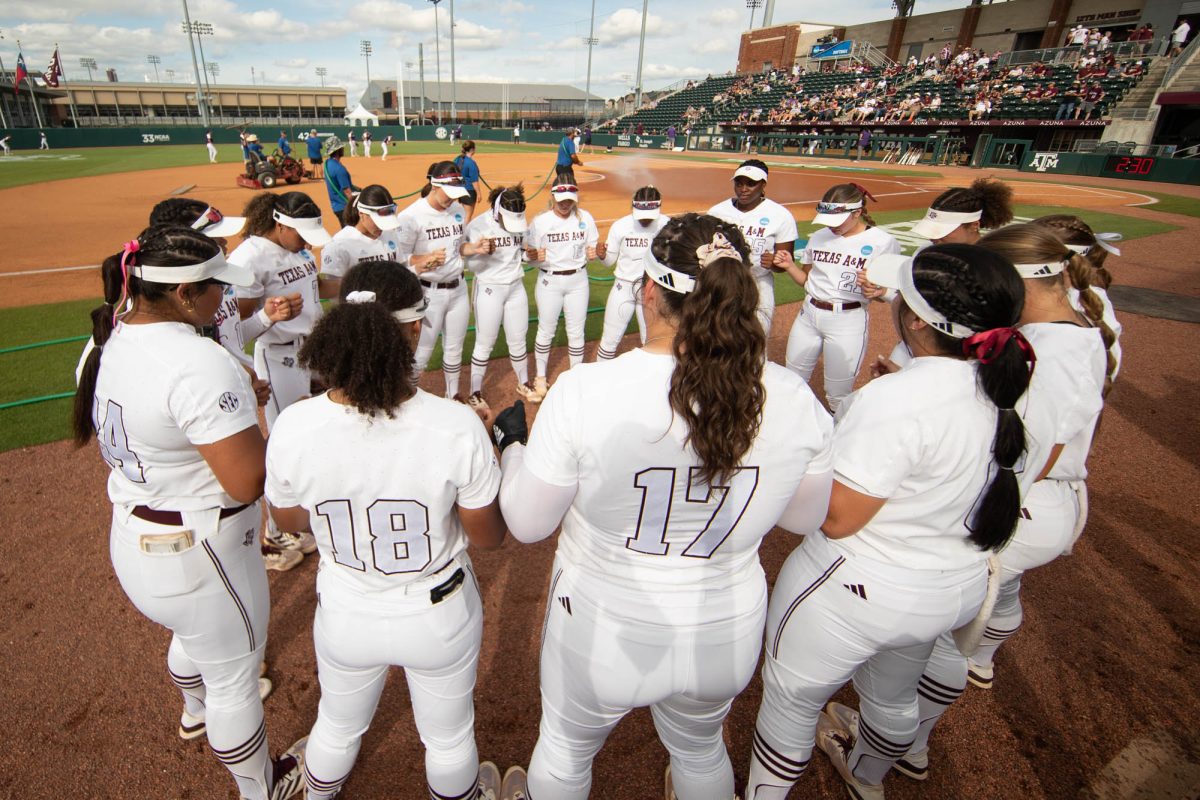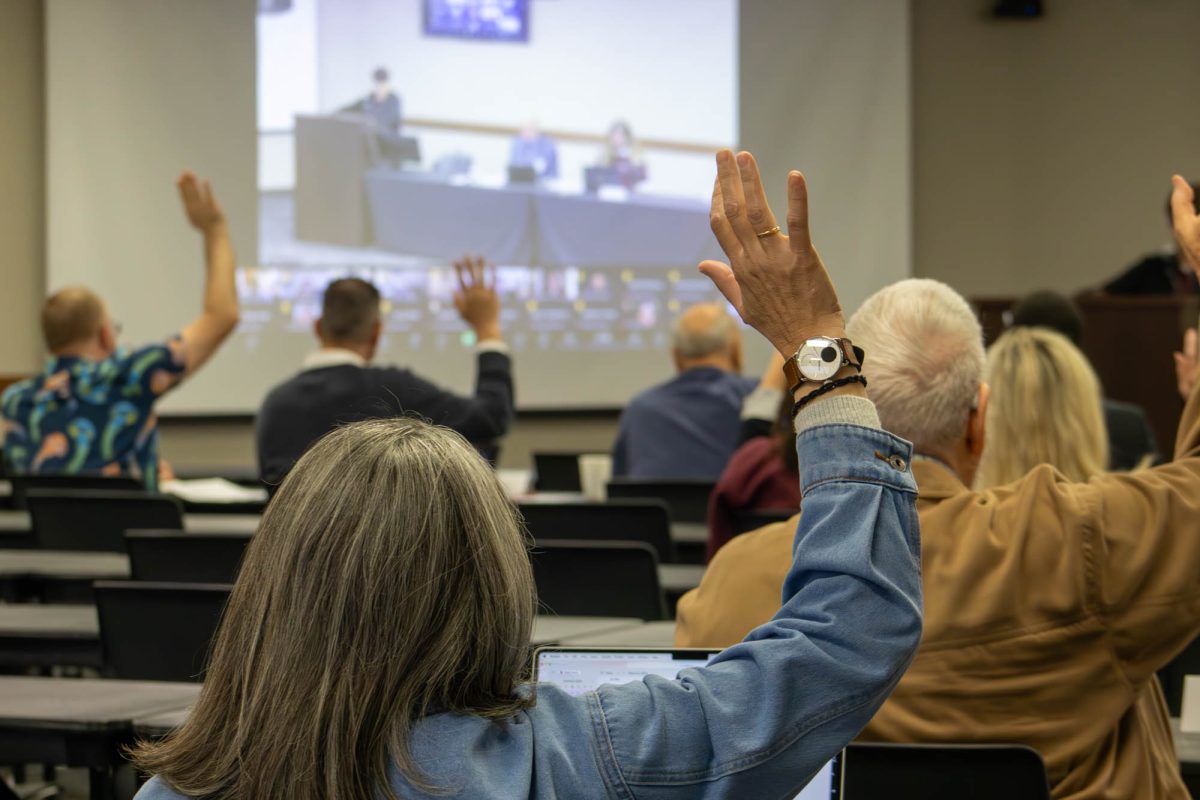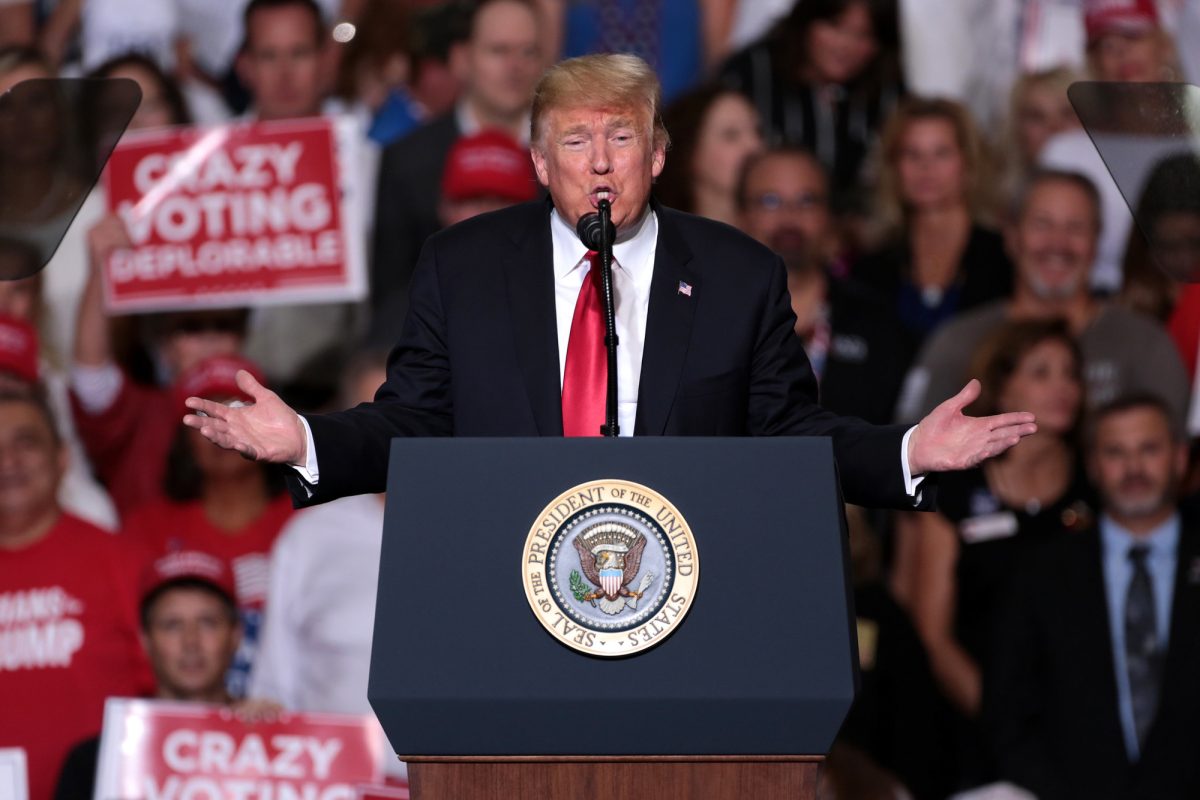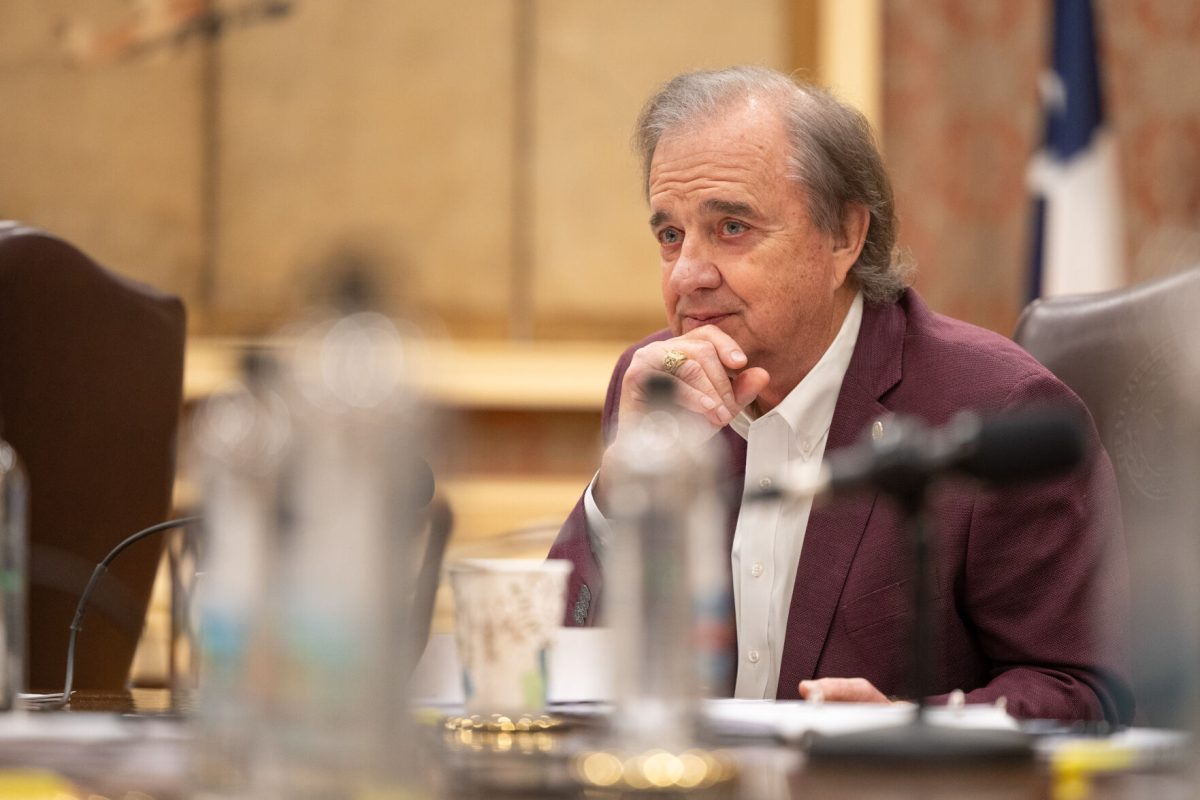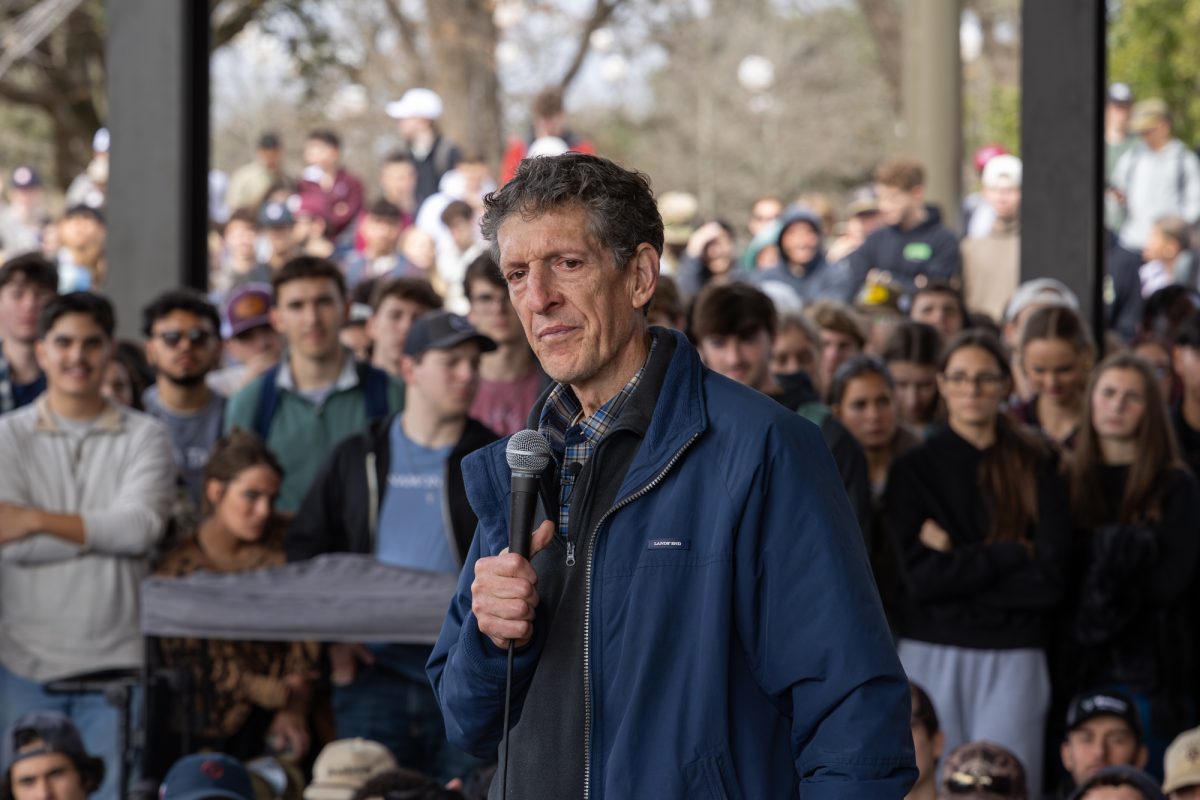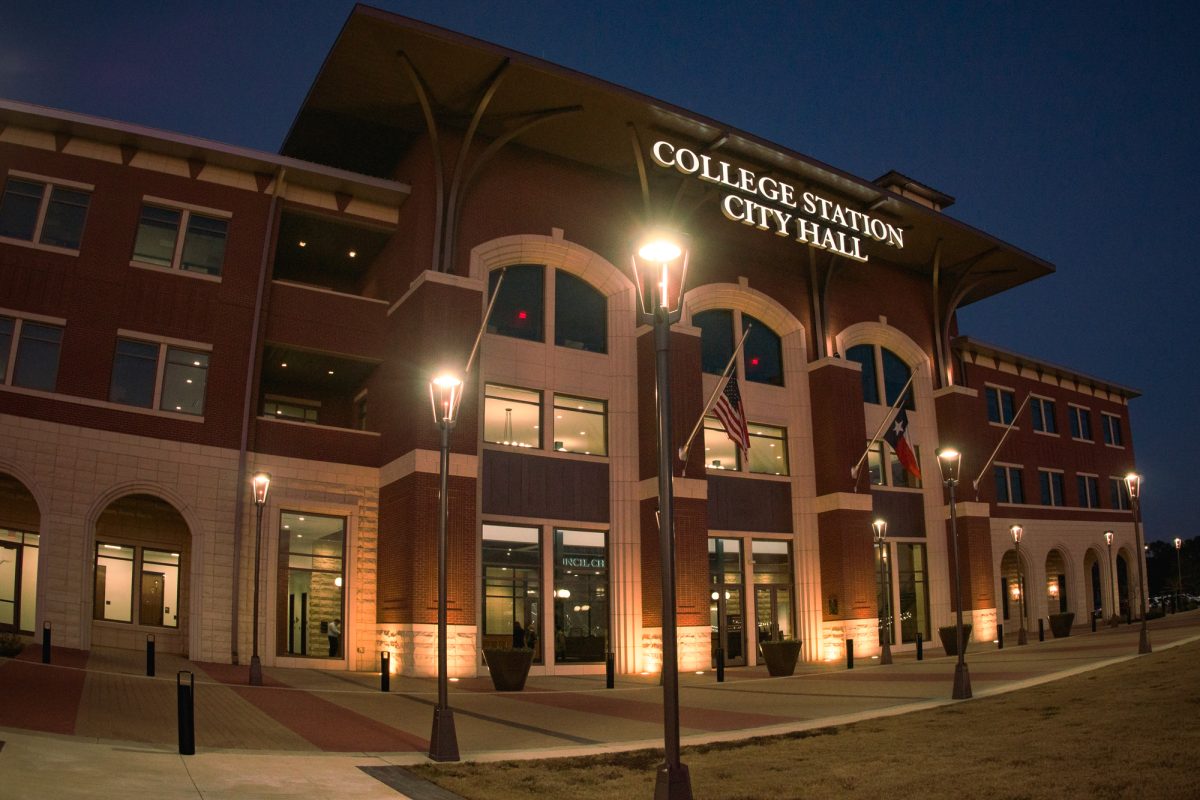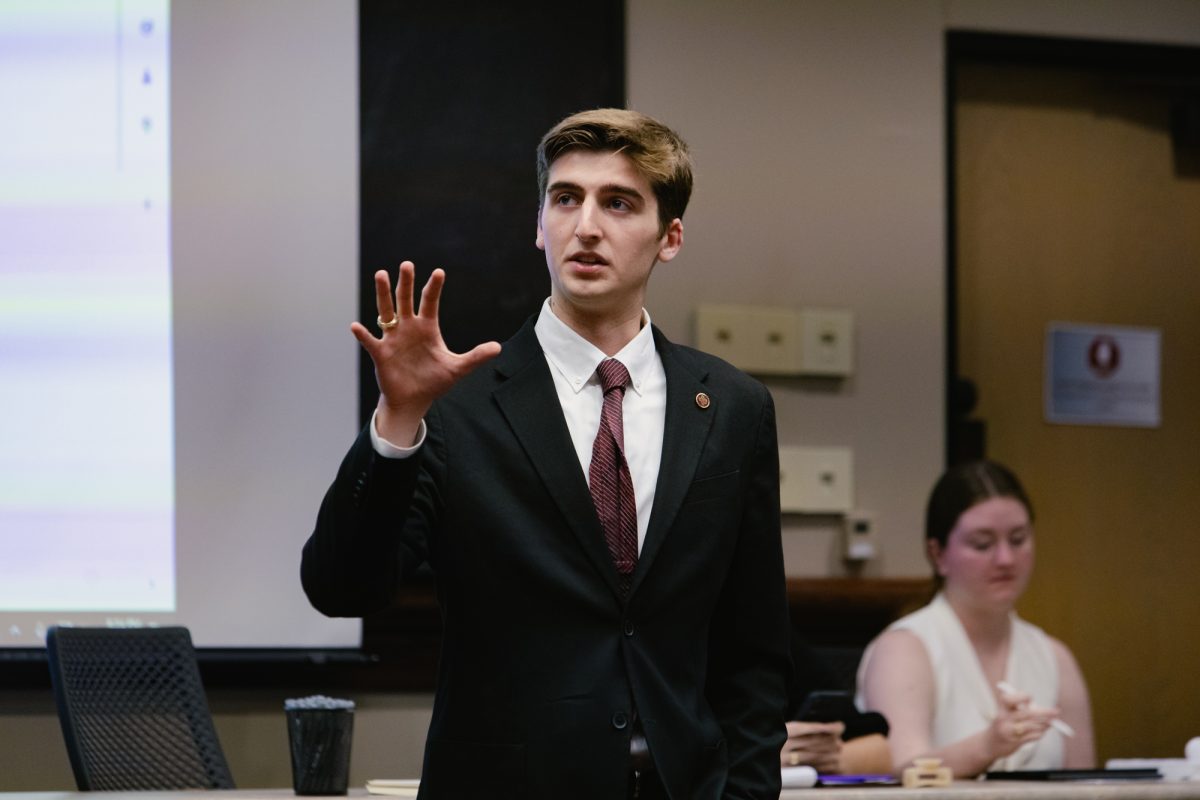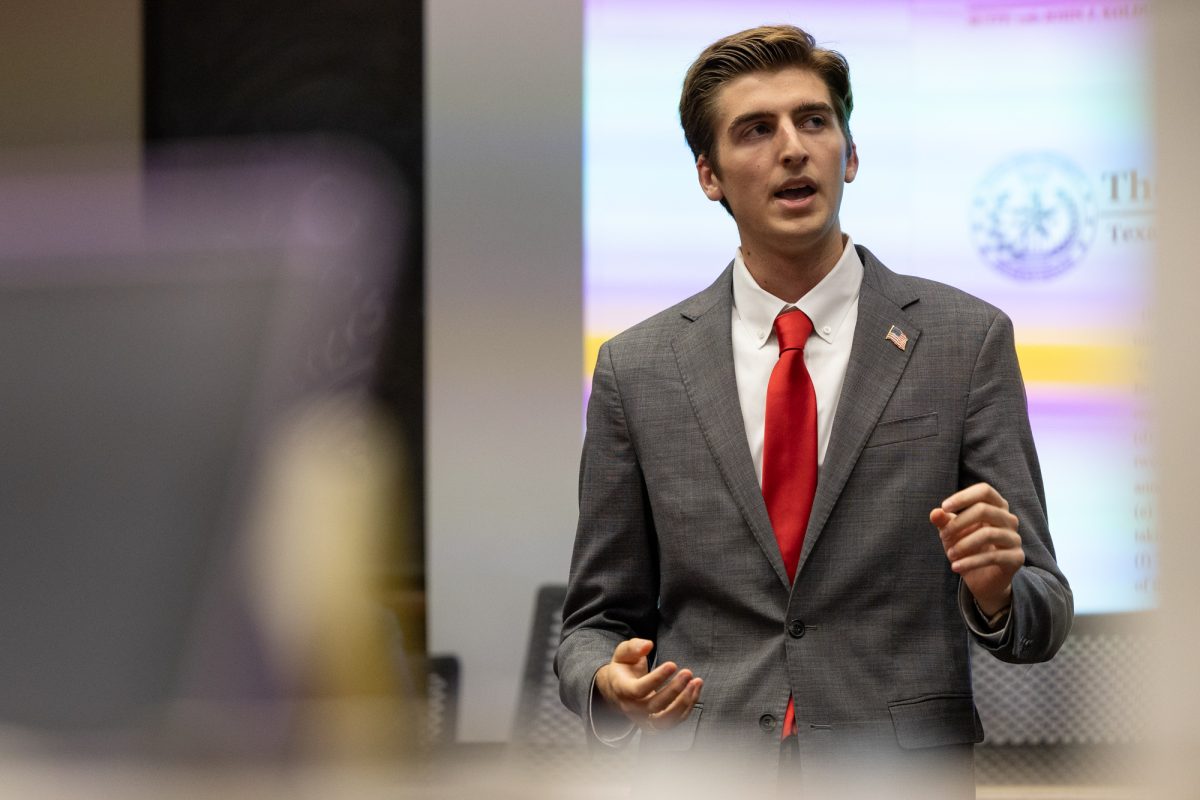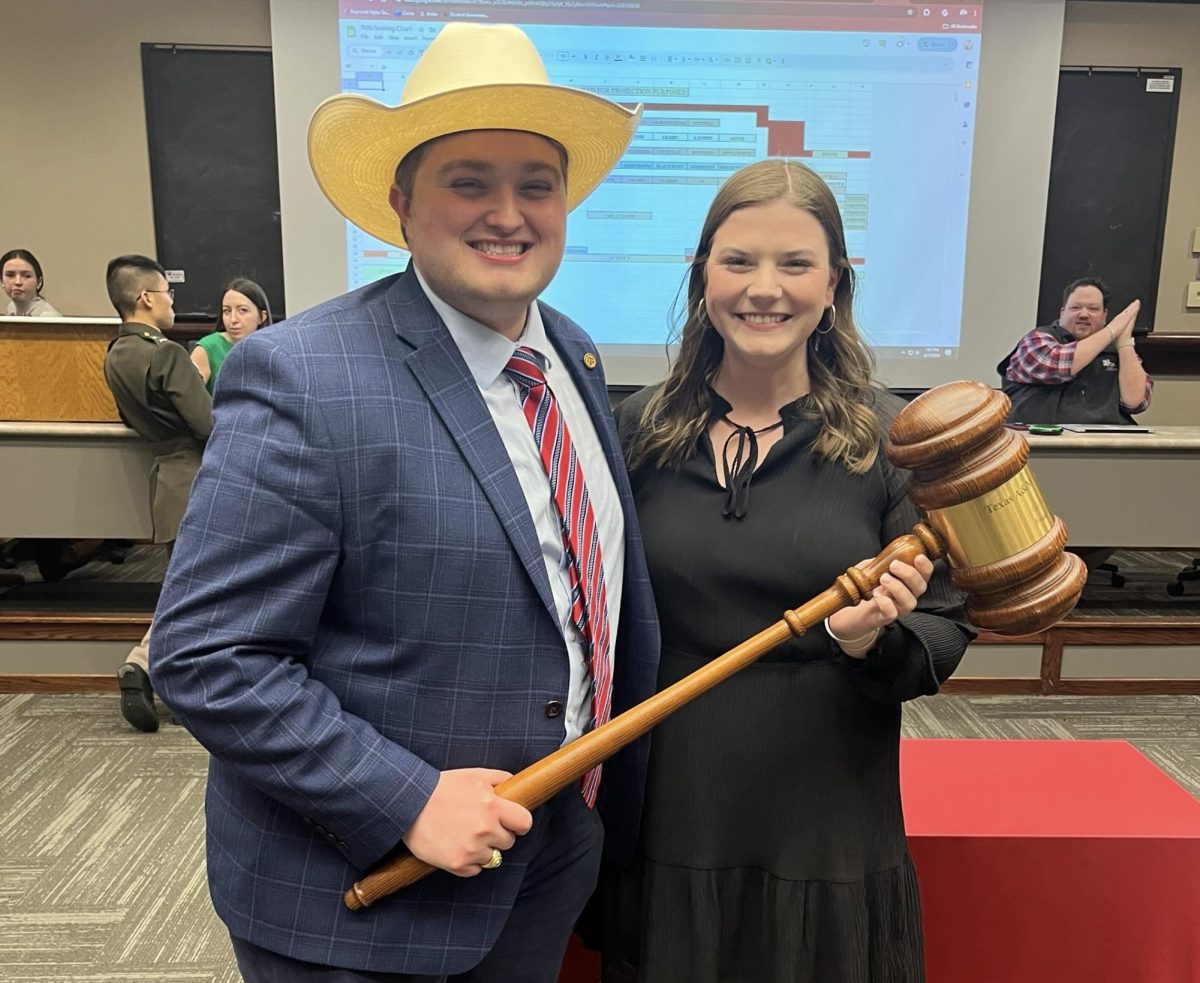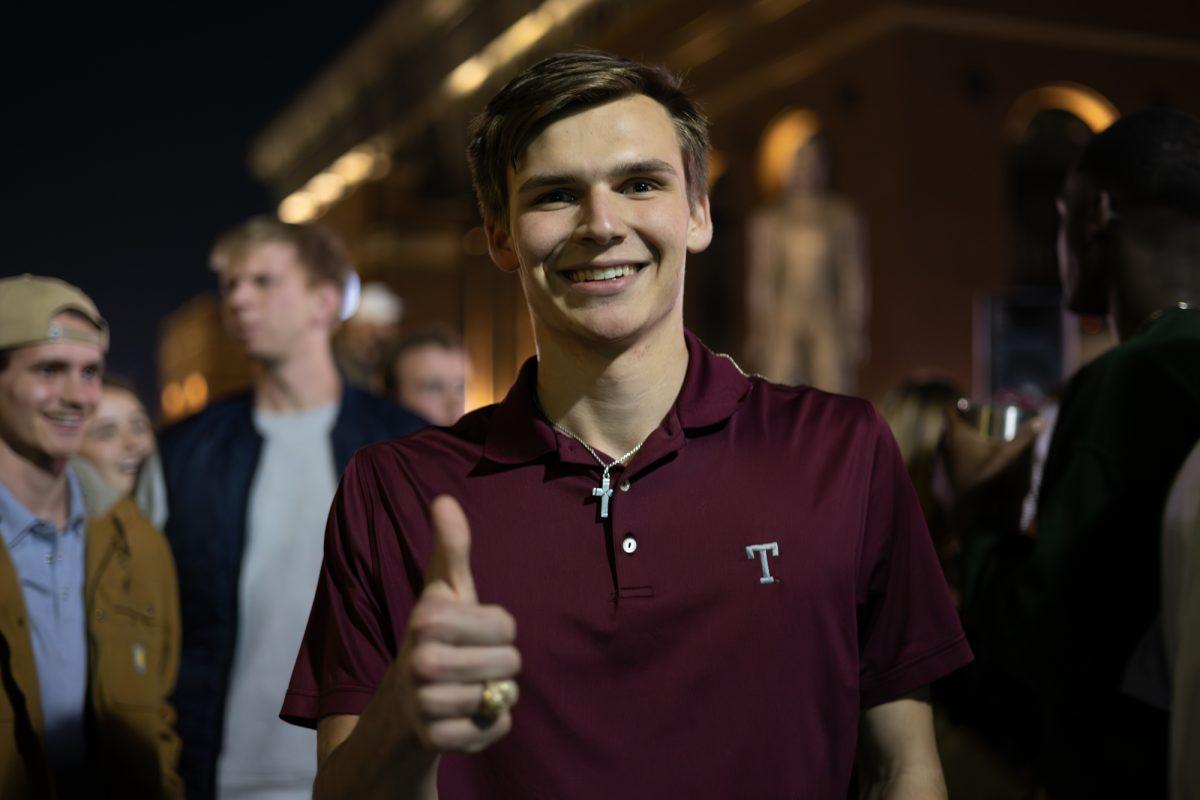On Thursday, March 7 Texas A&M’s Judicial Court convened for the hearing of Student Body President-Elect Cade Coppinger v. Election Commissioner Jared Ramos. The hearing revolved around a major violation Coppinger received by A&M’s Election Commission on a video posted to his Instagram account on Feb. 12, which featured him walking in the Memorial Student Center, or MSC.
The violation was brought against Coppinger for allegedly filming in the MSC for the purposes of campaigning and soliciting votes. According to the election commission regulations, “Areas inside the Memorial Student Center, Rudder Buildings, Rudder Fountain, classrooms, the Rec Center, and the John J. Koldus Building are off limits to campaigning during the campaigning period, except when a group or organization allows candidates to speak at their meetings.”
A major violation of student body elections results in the candidate having to pay a fine of 15 percent from their allowed campaign budget. For student body president candidates, they can use $1,500 worth of campaign materials.
The Election Commission code states the reports must be submitted within 24 hours of the alleged violation for it to be evaluated. Sociology sophomore Judge Advocate General Graysen Lewis said the alleged violation occurred after the 24-hour period. He asked the justices to review Coppinger’s video screenshot submitted to the Election Commission.
“As you can see in the bottom of the screenshot, it shows the video posted on Feb. 12, and the reports were not made until Feb. 18 and Feb. 23, which is way after the deadline to submit the reports of the violation,” Lewis said. “Because the reports were submitted past the 24-hour deadline, the violation Mr. Coppinger received is invalid. ”
Lewis said the video did not indicate Coppinger was actively campaigning.
An associate justice asked Lewis how the 24-hour rule would apply for content posted on social media.
“I would say when the video was posted, that is when the act occurred,” Lewis said. “That’s when it became public for everyone to see. 24 hours later, it was not a violation. There was no call to action or active campaigning done in the MSC halls.”
Bagley asked Lewis if the video would not have appeared on people’s feeds, or if it was only seen on Feb. 12.
Lewis said he could not answer the question and redirected the justices to a violation Student Body President candidate Val McNeill received on a video in which she encouraged people to vote. He said the video was reported on Feb. 24 and posted in January, and it was determined to not be a violation due to the 24-hour period, comparing it to Coppinger’s violation.
Philosophy sophomore Judge Advocate General Celerino Lopez said since the video included Coppinger in the MSC in a video for the purposes of soliciting votes, it was a violation.
“The way the election commission makes its decisions is the evidence is submitted to the election commission, and makes their decision based on that,” Lopez said.
Lopez said it’s not the Election Commission’s jurisdiction to review the case beyond evidence, and anything after the ruling cannot be accounted for.
Lopez redirected the justices to a watermark that was attached to the video, saying it indicated the video was used for campaigning purposes since it used the hashtag “#ChooseCade.”
An associate justice asked Lopez if a family picture with the candidate in the MSC was posted, would it be considered active campaigning. Lopez said if it was for the purpose of campaigning and soliciting votes, then it would be a violation.
“The act of recording yourself in the MSC doesn’t necessarily mean active campaigning and if it’s just a video walking,” Lopez said. “When it comes to the candidate recording the video and puts the hashtag #voteforme or #ChooseCade, and campaigning is present and the candidate is expressing they’re running for an active election, they’re using that not just to show off they’re walking around the MSC, but soliciting votes.”
Ramos said he ruled that McNeill did not receive a violation because it was past the 24-hour period it was submitted on.
“In Mr. Coppinger’s situation, the commission was only given that screenshot of his video and was not given any context on which time it was posted,” Ramos said. “The commission can only act on information that the submitter gives us, and it’s their job to give us full information for us to determine a violation.”
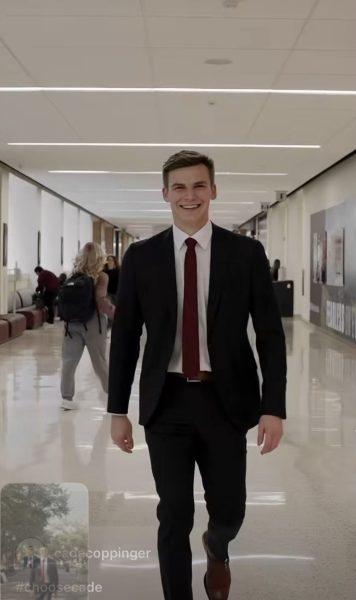
Coppinger said there was nothing in the clip of him running or expressing his candidacy and was not actively soliciting.
“It was just me going around different places on campus and trying to get around as much as I possibly could,” Coppinger said. “This is what I was trying to do originally. The #ChooseCade was just a comment I put so people could access campaign material.”
Lopez said Coppinger intended to gain votes with the video.
“What response would the hashtag #ChooseCade elicit?” Lopez said. “What sort of logical conclusion would you come up with? You see the candidate that’s currently actively campaigning and you see the bio ‘Choose Cade’ and there’s a link to vote in the election.”



